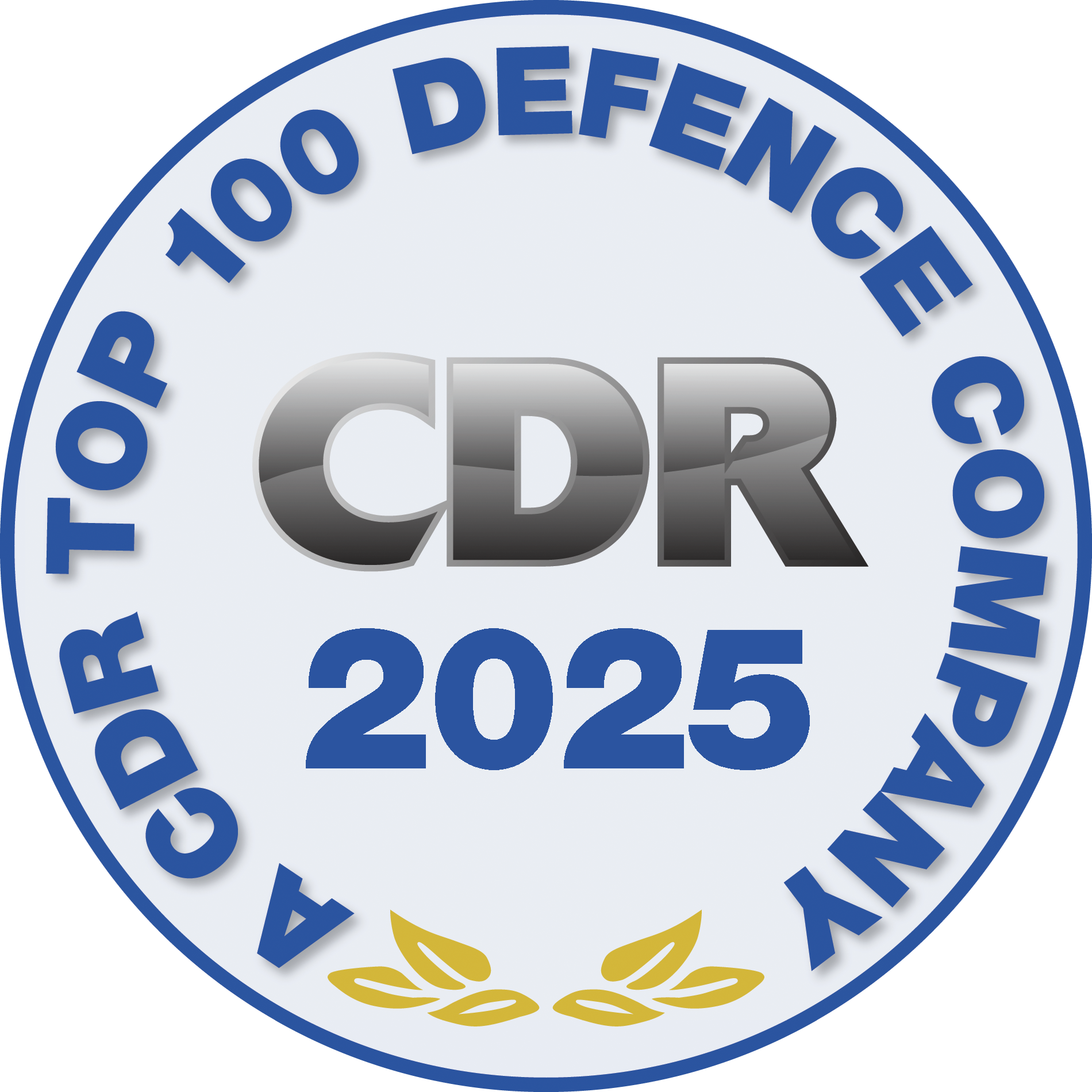GeoSpectrum Technologies Inc. (GeoSpectrum) is quickly becoming the leader of the pack when it comes to very-low-frequency (VLF) sound sources. Notably, with their M72-30 VLF C-Bass, a sound source that hit production at GeoSpectrum’s Dartmouth, Nova Scotia facility in 2017.
C-Bass: WHAT’S THE BUZZ?
Originally developed for marine seismic applications, C-Bass was intended to replace air guns; providing a friendlier approach to the current industry standard reducing both peak power and frequency content significantly allowing for less disruption of marine mammals.
GeoSpectrum’s C-Bass sound sources are a significant innovation for the challenges of VLF sound source technology. The sources are smaller, lighter, more capable, less expensive, and offer greater reliability than legacy sources.
C-Bass sound sources are coherent and can be used like an underwater loudspeaker to produce any type of desired sound transmission within their frequency band. With resonant frequencies as low as 15 Hz and operating bands reaching above 1 kHz, they are designed to operate continuously over extended timeframes.
C-Bass can be used as a stand-alone source or in a variety of tow bodies, allowing for greater applications. With C-Bass hitting all the marks, there was skepticism that it could provide the same amount of power compared to its legacy counterparts in a live environment. During a trial at Seneca Lake, C-Bass exceeded all expectations, setting further development plans into place.
C-Bass HITS THE ICE
With climate change being at the foreground of ocean tech companies around the globe, GeoSpectrum paired up with some pretty big names last October for their (arguably) most impressive joint program to date. The Coordinated Arctic Acoustic Thermometry Experiment (CAATEX), a joint program of the Nansen Environmental and Remote Sensing Center of Bergen, Norway, and the Scripps Institution of Oceanography of La Jolla, California, marks the first time in 20 years that scientists have gathered data of this magnitude from the Arctic Basin.
The program hails partners from all corners of the globe and has put Dartmouth, Nova Scotia on the map with their C-Bass acting as the active component of the program.
The two C-Bass sound sources were deployed on subsea moorings containing computers, signal generators, amplifiers, and batteries (in the summer/fall of 2019). In contrast to other sources, the use of batteries sets C-Bass apart from the pack, where ships are traditionally used to provide power. The systems were programed to transmit signals every third day for one year. The reception ranges from the C-Bass sources extended across the entire Arctic Basin, including in excess of 2500 km.
The objective of the CAATEX program is to research the central Arctic Ocean, especially the ocean climate change. The program allows scientists to collect new ocean observations covering the central Arctic Ocean, obtain new knowledge about the decadal changes in heat content of the Arctic Ocean, and improve our understanding of uncertainties in heat content estimates from climate change.
The prime result from CAATEX field experiment is baseline data on mean ocean temperature and heat content of the central Arctic Ocean, which will be used for estimation of ocean climate change, as well as evaluation of global climate models. The new observations from the fixed moorings will be compared to similar observations made in 1994 and 1999 and thereby quantify how much the mean ocean temperature along the mooring array has changed over two decades. To obtain an improved estimate of the heat content of the central Arctic Ocean, the new data obtained in CAATEX will be used in combination with a high-resolution ice-ocean model. This estimate will be highly valuable for benchmarking the skill of climate models to represent Arctic Ocean heat content.
The advent of C-Bass has allowed organizations of the CAATEX program to conduct low-frequency acoustic tomography experiments more efficiently and less expensively than ever previously possible.
CANADIAN ARCTIC SURVEILLANCE
Adding to its list of achievements, GeoSpectrum was awarded two contracts under the All Domain Situational Awareness (ADSA) program from the Department of National Defence in 2017. One of the program’s requirements was to demonstrate Long Range Detection and Communications using a sound source and an acoustic array optimized for low frequency. Once again, the groundbreaking technology of C-Bass highlighted its efficiency and unprecedented compact form, and low costs.
As part of the ADSA program, the systems were deployed cooperatively in operational conditions achieving communication ranges exceeding 600 km off the Scotian Shelf and confirming modelling expectations. Such a performance demonstrates the capability to deliver a complete subsea persistent surveillance solution enabling targeted localization and monitoring of key Arctic regions for improved strategic decision-making.
Leveraging the technology developed for the ADSA program, a family of several types of C-Bass sources was developed with flexible power and size attributes suitable for defense, scientific and commercial applications.
The completion of GeoSpectrum’s ADSA projects marks the beginning of the next phase of Canadian Arctic sub-sea surveillance. GeoSpectrum has determined that the low-frequency source can help to support four key capabilities critical for persistent Arctic surveillance: environment-specific performance predications, sub-sea communication between unmanned assets and operators, long-range passive monitoring using cost-effective unmanned platforms, and under-ice localisation and tracking at key chokepoint locations.
WHAT’S ON THE HORIZON:
C-Bass has a unique range of applications including: long-range surveillance and communication, diver and fish deterrence, submarine noise augmentation, ASW training, sub-bottom profiling, and bioacoustics (to name a few).
With a five-year plan in place, GeoSpectrum has its eyes set on both the Defence and Commercial sectors. The company has goals for C-Bass being a primary augmenter on nuclear submarines, as well as providing ocean infrastructures with a more environmentally safe deterrent for aquatic life. To further their involvement with the science and technology industry, C-Bass has the potential to aid in the protection of Right Whales and other porpoises from entering dangerous shipping lanes.
With the dynamic technology of C-Bass, GeoSpectrum and their clients are regularly finding new applications for the technology.


